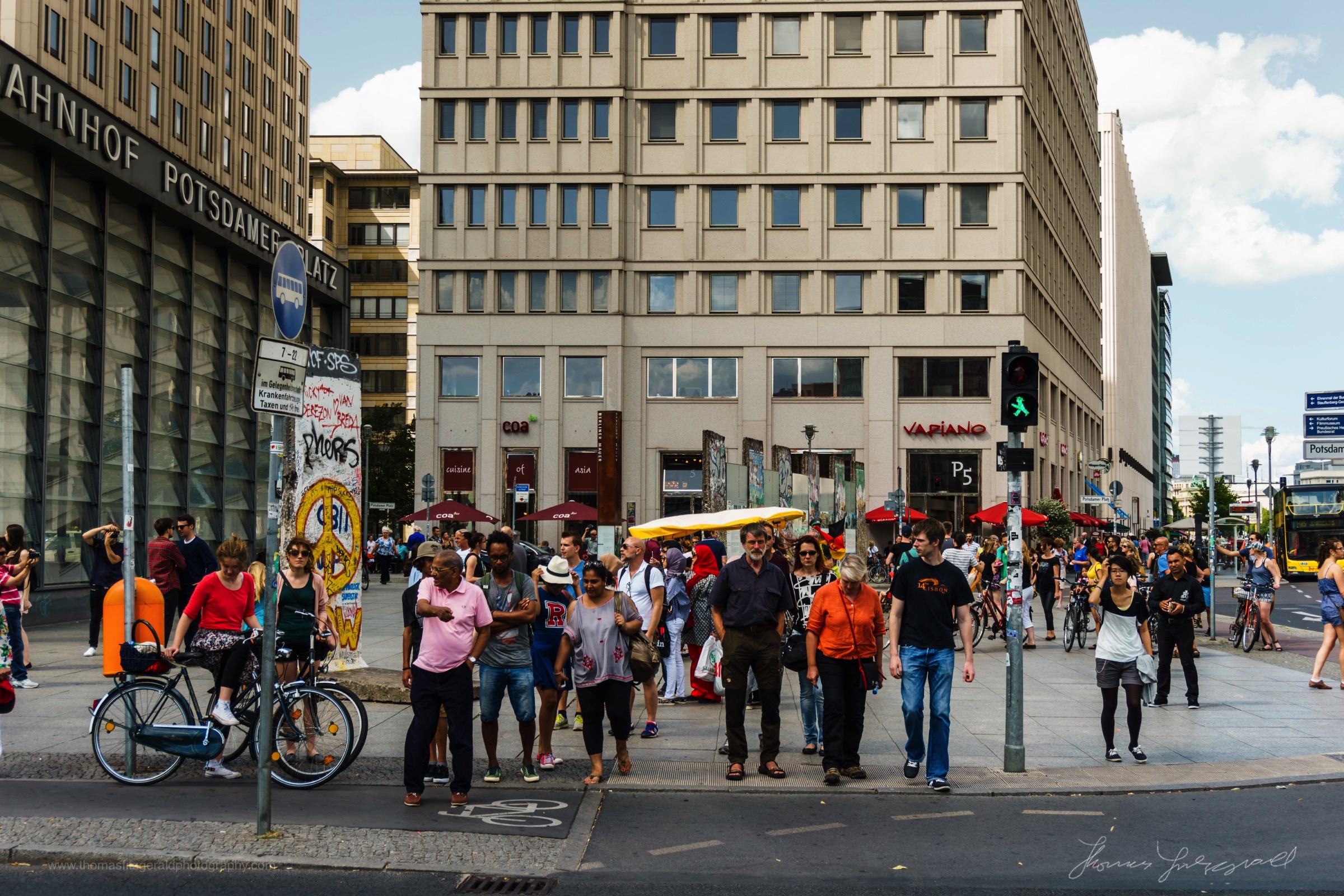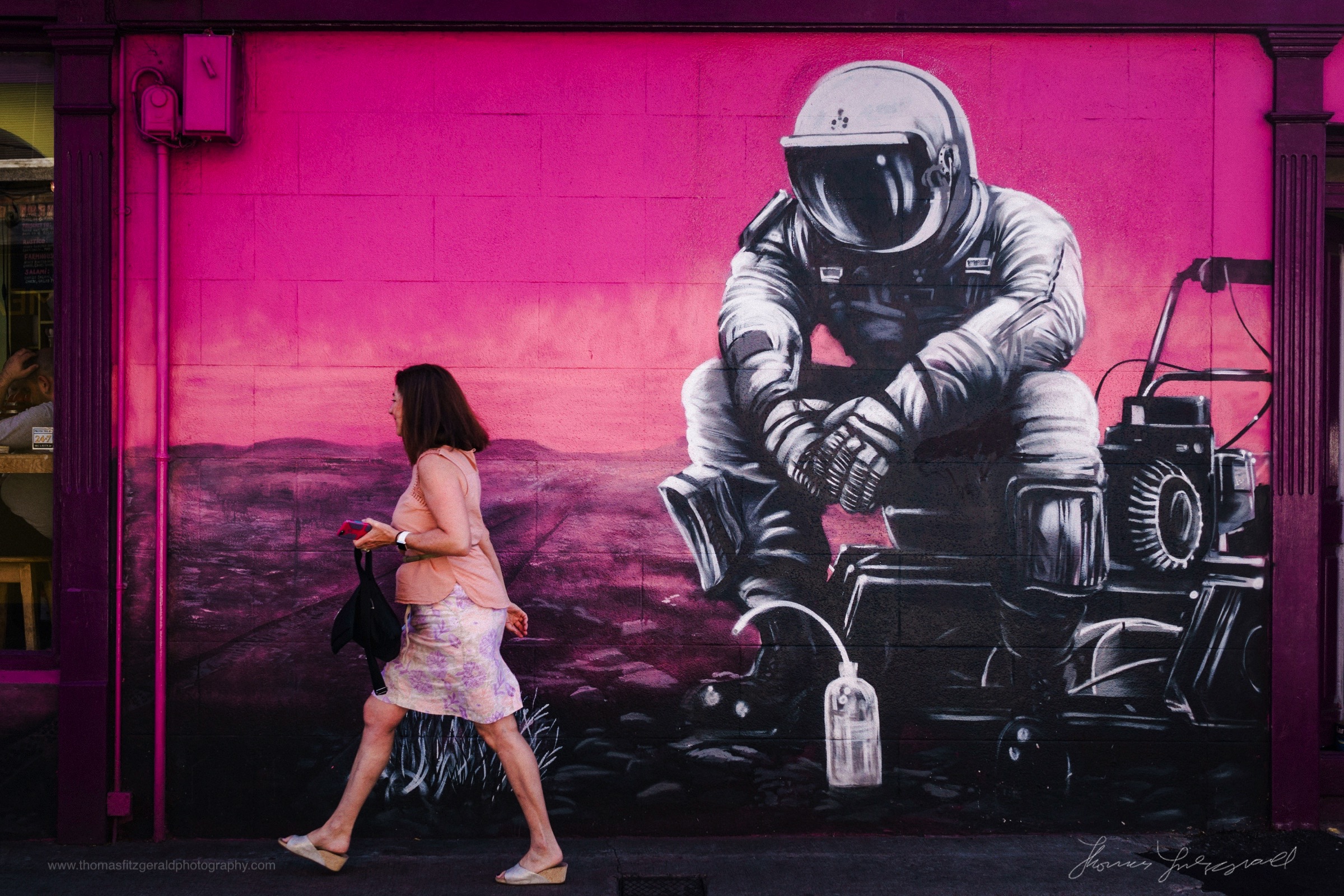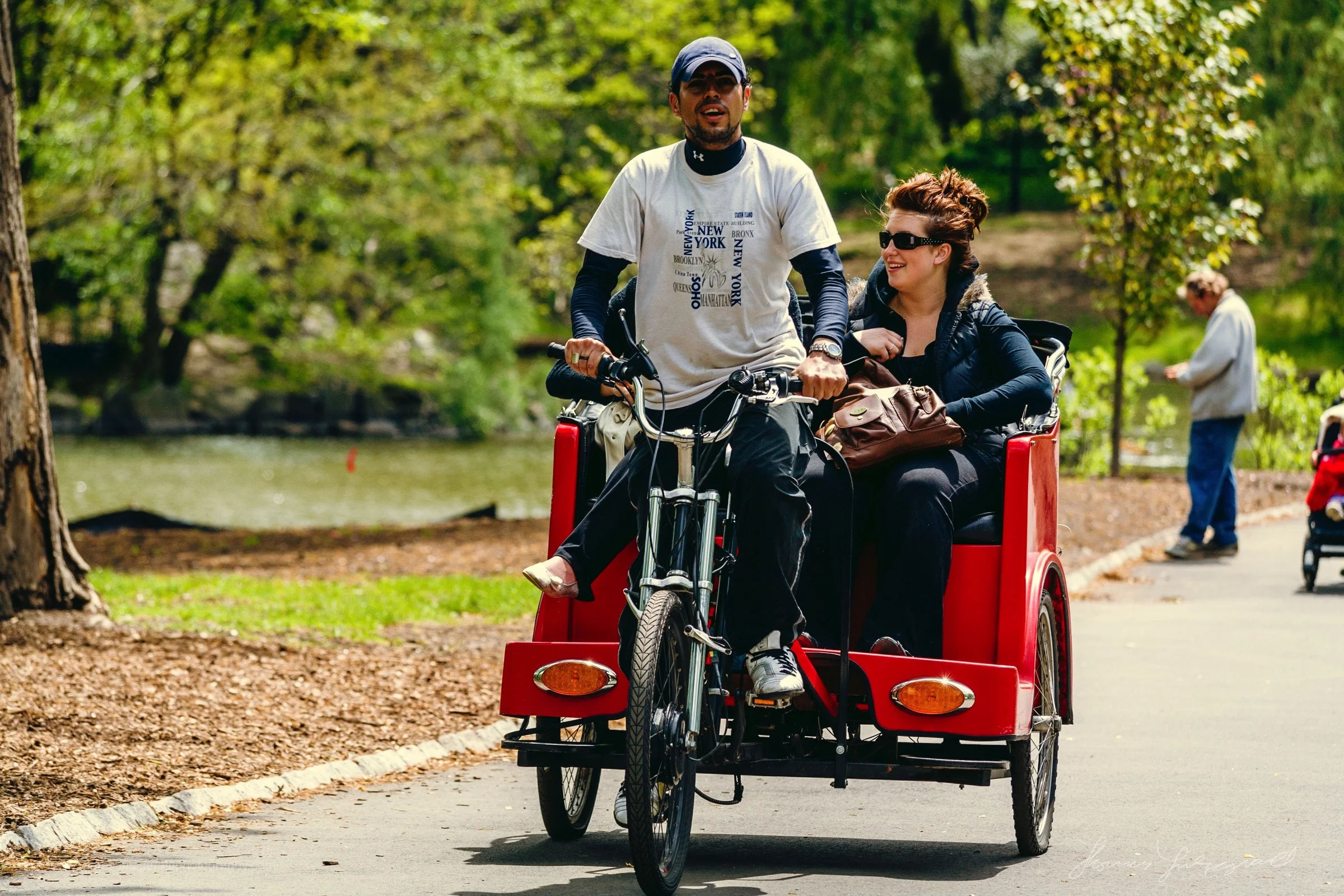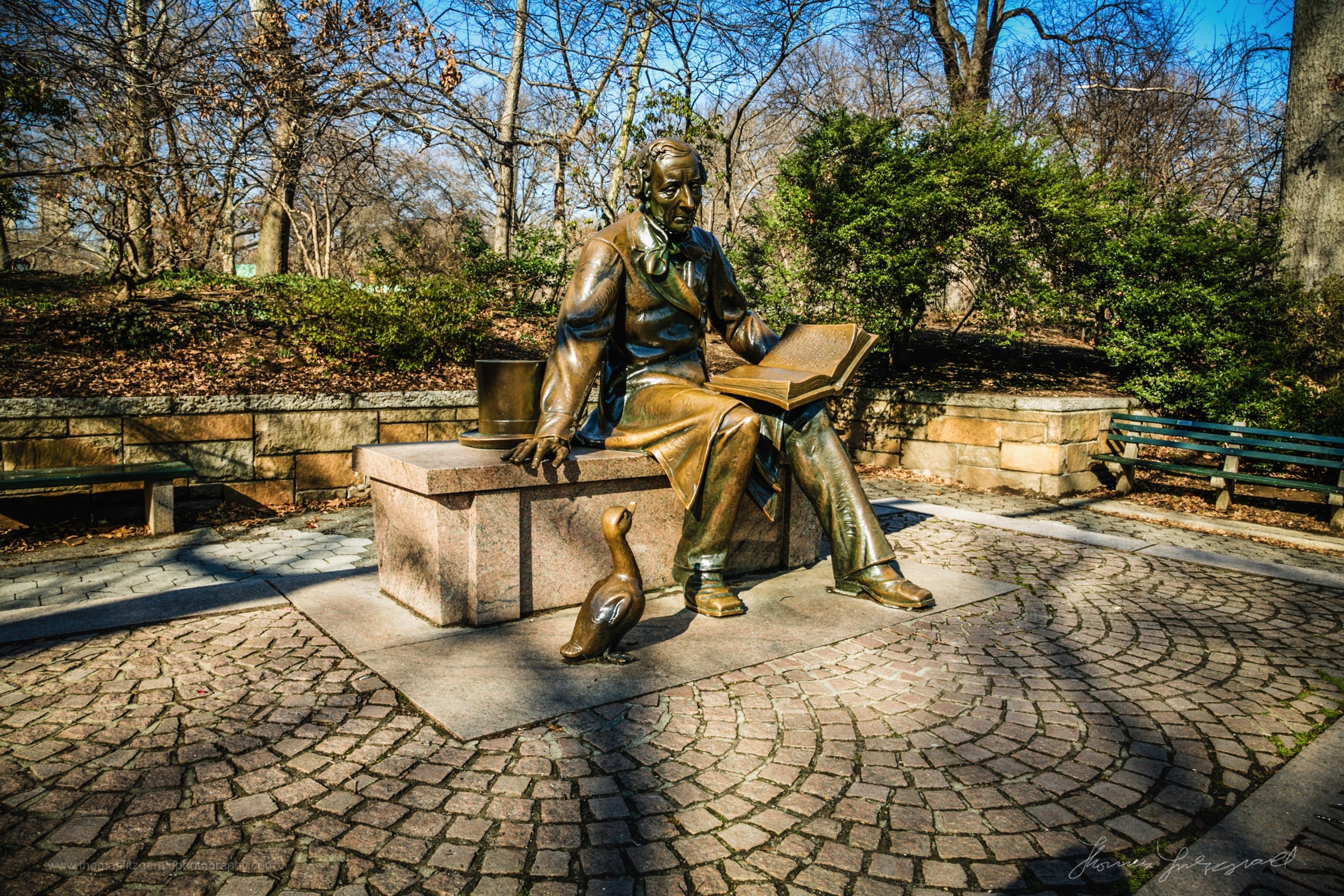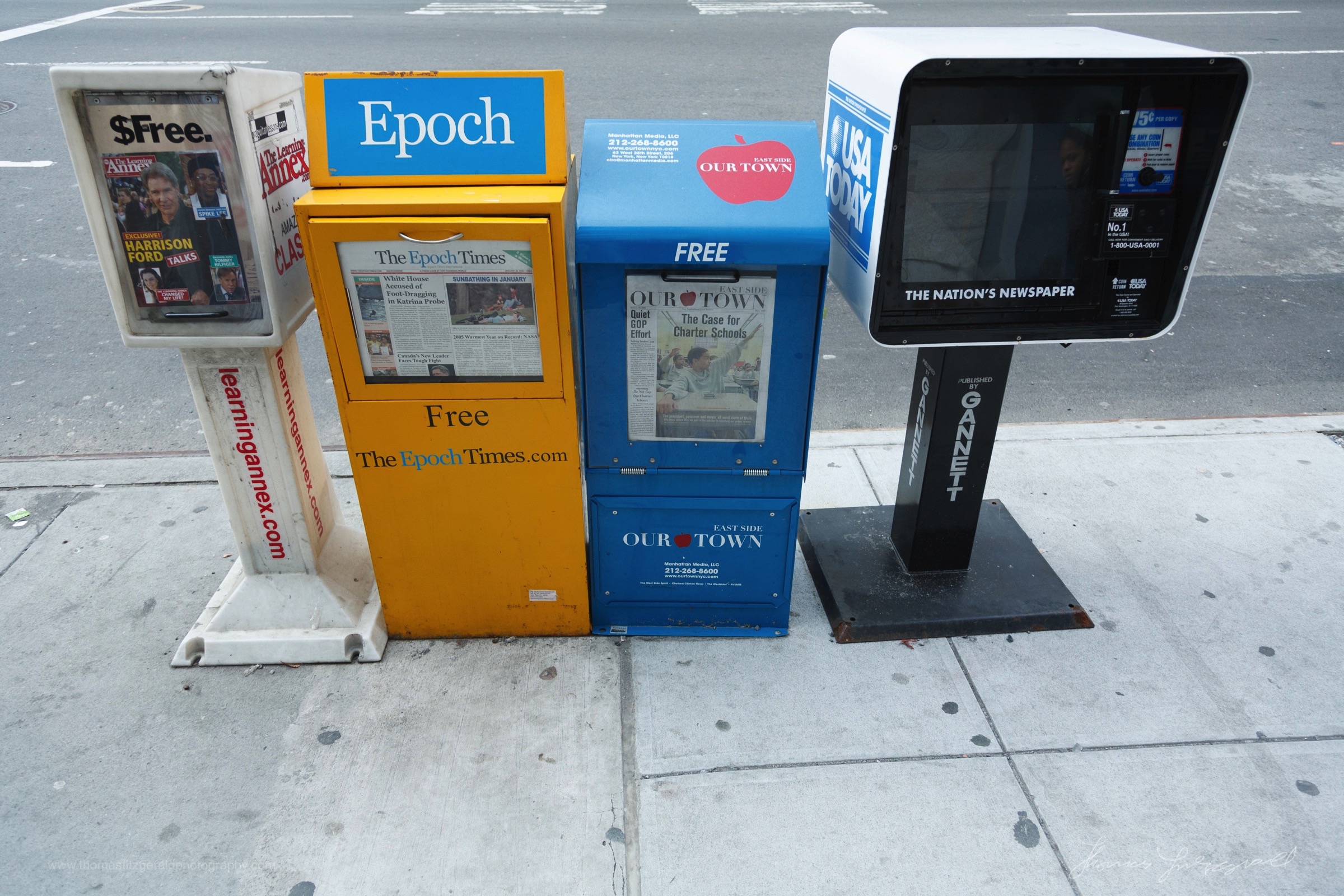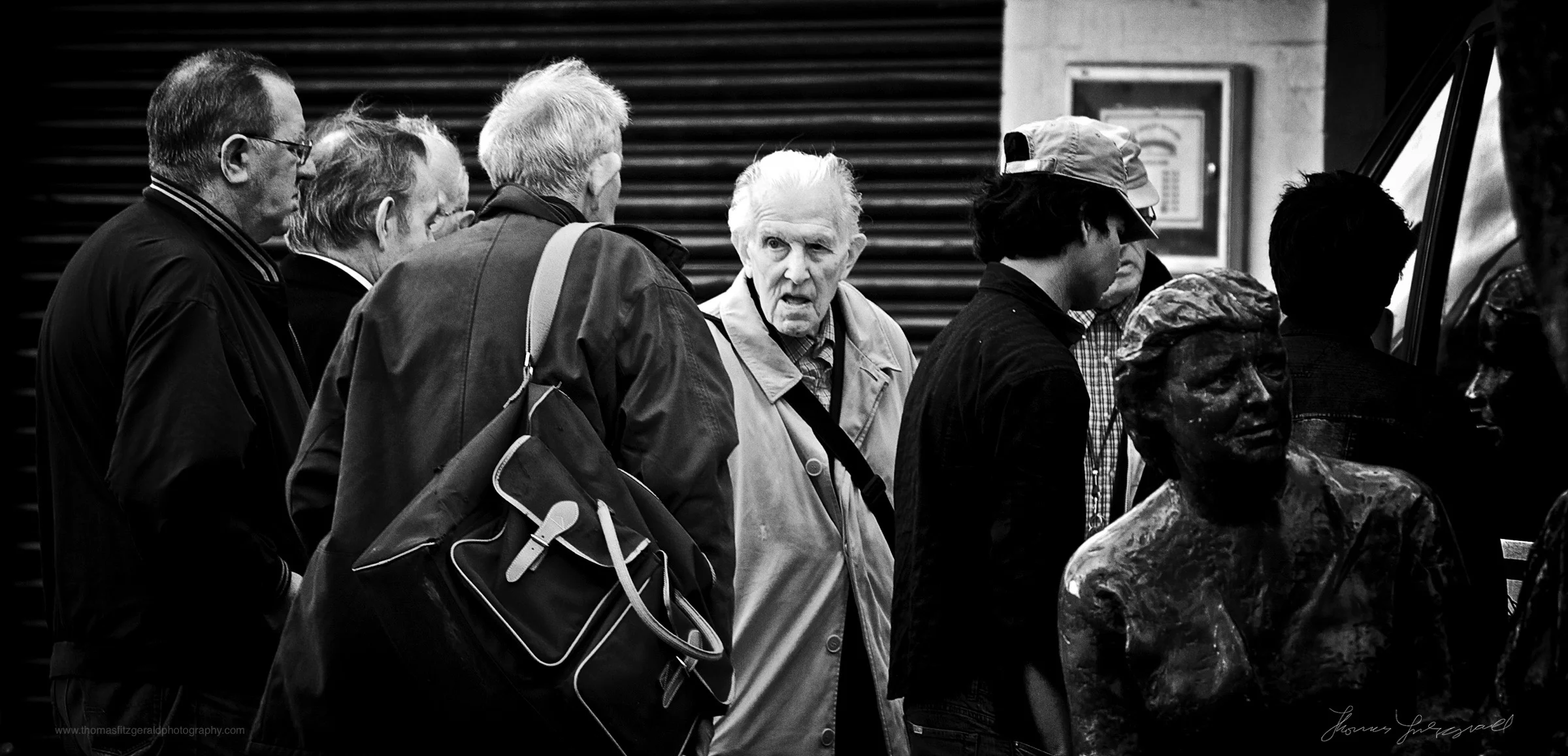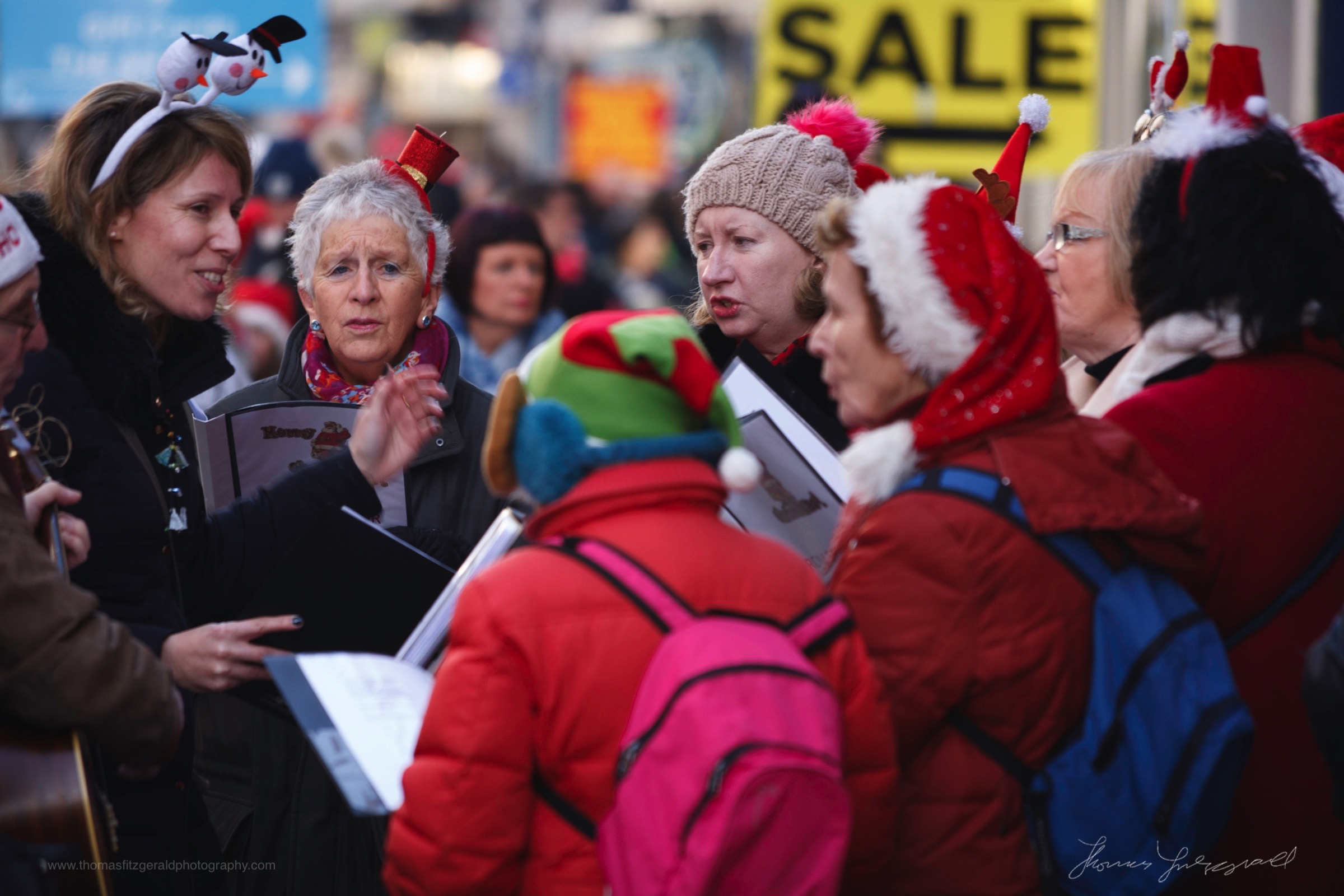Sony A6000 and Canon 5D: Second Hand Cameras for Street Photography
I recently watched a video on YouTube where the use of a SonyA6000 was discussed as a low cost entry into shooting video. In the video they acquired an A6000 second hand for a very reasonable price, and it got me thinking that this makes a really good entry level camera for street photography. I have kept a lot of my old cameras over the years, and it got me thinking as to what else would work well too. So after doing a bit of research, here are my two suggestions.
Just a quick disclaimer: These suggestions are based on what I have used, and not the wider market. I’m not snubbing any camera or brand. This is just based on my own experience. With so many cameras out there, I’m not going to go through every possible combination. Instead this is based on cameras that I have owned, and used extensively.
Sony A6000
The Sony A6000 is one of my favourite cameras, and I still use mine regularly. Of all the models that I own, I still prefer the A6000 for street photography. Sure, I would like the newer A6500, but it serves me well, for what I use it for. When I got it, it was relatively inexpensive at the time, but now, you can get it second hand for even less. There are a number on eBay for around €300 and if you look in local markets or camera stores you might find one for even less.
For lenses, I recommend a pair of Sigma lenses. The 19mm and 30mm f/2.8 are inexpensive and really, really good. You can buy each new for around €150 if you look around, and you can probably get them for even less second hand. Both of these lenses are sharp and fast to focus, and both experience very little chromatic aberration or flare. On top of that they’re really cheap. The Sony 50mm f/1.8 is a good longer option, but it is a little more expensive.
The big advantages of the A6000 for street photography are as follows:
- It’s really fast in operation. The camera responds quickly and you are never left waiting for it to catch up, which can be an issue with some older mirrorless cameras, especially in this price range.
- The flip up screen is great for shooting from the hip. It’s great for being stealthy when shooting on the street.
- The autofocus is superb. It’s still one of the better autofocus systems that I’ve used on a mirrorless camera. I find it better than my X-Pro 2 for autofocusing (send your hate mail to….) especially when shooting street photography. It’s very fast and it locks on really quickly. Also, the face detection works well, and is a really useful option when shooting street shots.
- It’s really small and discrete. When coupled with a small lens it’s not much bigger than a compact camera.
- You can adapt it to an incredibly wide range of lenses (pretty much anything). While it doesn’t autofocus with adaptors as well as the newer A6500, if you’re willing to manual focus, and have old glass, there is more than likely an adaptor for it. And some of these adaptors are pretty cheap too.
I have shot lots of street photography with my A6000 and have brought it all over the world from Germany to New York. While, you can undoubtedly get better cameras now, including the newer Sony models, for the price, I think this is one of the best you can get, if you don’t mind putting up with some of its quirks. You can see my full A6000 review here. And below are some examples of street photos shot with the A6000. For more examples see the A6000 page in my camera samples gallery.
[UPDATE] I have a video about shooting street photography with the Sony A6000 which you can find on my YouTube channel here.
Canon 5D
The original Canon 5D is something of a legend, being the first full frame digital camera at normal prices to come out. It was and is still a great camera. While it’s “only” 12mp and not brilliant at high ISO, it still produces fantastic images compared to modern cameras. Photos from the 5d have a very filmic feel to them, even straight out of the camera. Even with Canon’s really cheap 50mm f1.8, photos look great from the 5d, and you get the lovely full frame look to your images. What’s more, you can get one pretty cheap second hand now.
I was recently trying to sell mine, but when I realised that the average price second hand had dropped to under €300 I decided against it. It just wasn’t worth it for me to get rid of it at that price. You can get a second hand 5D and a new 50mm 1.8 for under €500 which is a steal considering it cost close to €2500 new. Actually, it could have been more when I bought mine, but it was so long ago now.
Shooting with the 5D has its quirks. For a start the rear screen is quite dim compared to modern cameras, and it’s hard to see in sunlight. I have always had issues seeing the in-viewfinder display too. (i actually have this problem on a lot of canon cameras) The autofocus is pretty basic too, but it’s perfectly fine for straight forward shooting. Coupled with a 50mm lens, it’s a great option for street shooting. It feels like shooting with a film camera in some respects. I’ve grown quite fond of mine again recently, and I’ve been shooting with it more and more lately.
There’s also the full frame look. I don’t want to get into any debates (i.e. arguments) here about the merits of full frame vs cropped sensor. They both have their advantages. I do think the debate has become somewhat biased to be all about technical quality. For me, it was never about this, it’s about the look. There’s a unique look to full frame in the right circumstances, and that is more important in my mind than noise levels or sharpness. Full frame images just look a certain way, and on the original 5d they have a really lovely, film like quality to them. If you want to get into full frame, then picking up a second hand 5d is probably one of the cheapest ways you can go about it. Coupled with a cheap 50mm f1.8, it’s a great and cheap way to get a good, film like DSLR for shooting street photography. And you can do really nice black and white shots with it too.
Honourable Mention: Panasonic GF1
There’s one other camera that I want to mention, and that’s the Panasonic GF1. This was the first mirrorless camera that I ever used, a and you can pick one up for under €200. Coupled with the Panasonic 20mm it’s a pretty great little camera. It does have it’s drawbacks though, which is why I’m only giving an honourable mention.
It doesn’t have a viewfinder, which never bothered me, but it is a bit slow, and the autofocus was a little slow on it. It also had pretty weak dynamic range compared to other cameras. Having said that, I’ve still taken some great pictures on this camera over the years, including some of my favourite shots, and it holds up reasonably well today.
Help Support the Blog
If you like this post then you can see more of my work on Instagram, Twitter and Facebook. I also have a YouTube channel that you might like. You should also check out my other Photography Project: The Streets of Dublin. If you want to get regular updates, and notices of occasional special offers, and discounts from my store, then please sign up for the Newsletter.
All of the work I do here, and the information on this blog is done entirely free of charge and takes quite a bit of work. I want to spend more and more time on this blog, and offer more and more of this kind of information, tips and so on. All of this is funded exclusively through my Digital Download store, so If you like what I'm doing here and want to show support, then you can do so by buying something from my Digital Download Store where I have Lightroom Presets, and e-books available for download.
If you're a Fuji X-Trans shooter and Lightroom user, check out my guide to post processing X-Trans files in Lightroom. I also have a guides for processing X-Trans files in Capture One and Iridient Developer.
For Sony Alpha shooters I have a new guide with tips on how to get the best from processing your A6000 Images in Lightroom.



